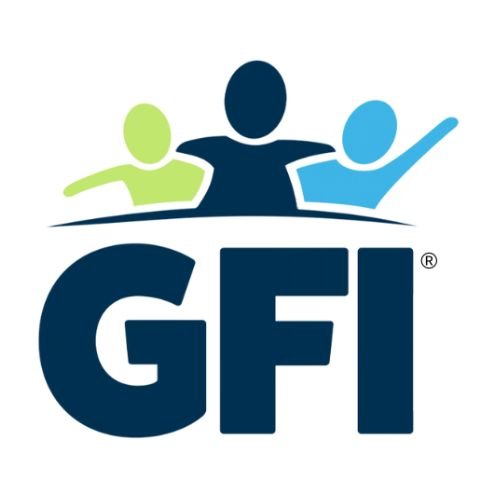Bullying and Autism - Disability Harassment?
Just like neuromajority students, students on the autism spectrum have a right to feel safe and respected at school. Sadly, 1 in 5 students in general, and 1 in 3 autistic students, are bullied (PACER’s National Bullying Prevention Center). When bullying behavior focuses on a target’s disability, it can be disability harassment.
Disability harassment comes in just as many (and more) forms as bullying, but targets the perceived weakness inherent in the disability. In the cases targeting students with autism, those who harass often do so because they believe the student with autism is capable of choosing how to respond to environmental triggers. In other words, they tease self-regulating behaviors, neuromajority-imposed social missteps, communication differences, sensory processing differences, etc. Sometimes it's with words, through social exclusion, or physical contact. It's always WRONG.
In fact, disability harassment is a violation of three federal laws: the Individuals with Disabilities Education Act (IDEA 2004), Sec. 504 of the Rehabilitation Act (1973), and Title II of the Americans with Disabilities Act (1990). If you believe your student is being harassed, forward this document to your administrator with a specific example of the harassment and be sure to follow up. If the school is not responding effectively, here is a chain of command for filing complaints.
Good Friend's autism awareness-acceptance-empathy services for staff and students are intended to prevent disability harassment in school communities. Whether you’re looking to schedule an in-person program during this National Bullying Prevention Month or later in the school year, contact Program Director Chelsea Budde before December 1 to lock in current pricing.
Another way to set the tone about bullying in your school (or at your workplace) is to plan a Unity Day campaign. On Wednesday, October 19, let’s all wear and share orange to show support for bullying prevention. Post your pictures on social media and use #UnityEveryDay.

